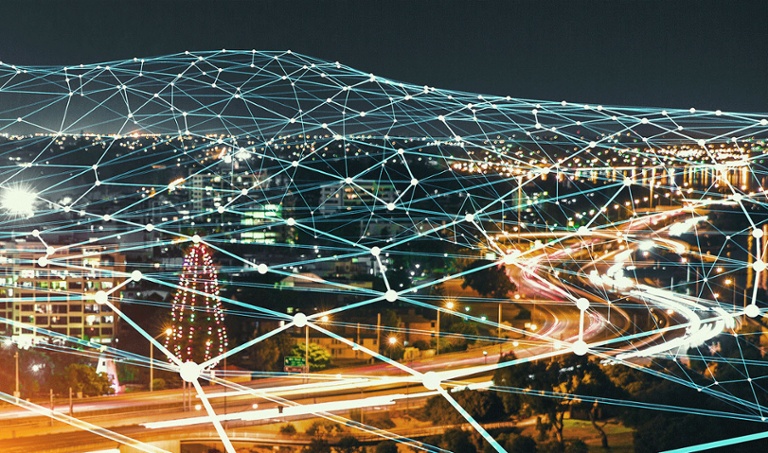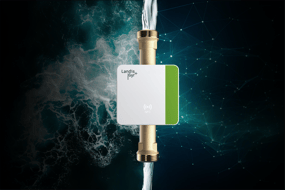 Smart meter rollouts are complex projects that impact utility operations from billing to customer services, and from IT operations to network management. Whether it is a first-time installation, a second wave implementation, or a transformational upgrade, building an Advanced Metering Infrastructure (AMI) is a journey. Here are some of the top considerations when building your AMI ecosystem.
Smart meter rollouts are complex projects that impact utility operations from billing to customer services, and from IT operations to network management. Whether it is a first-time installation, a second wave implementation, or a transformational upgrade, building an Advanced Metering Infrastructure (AMI) is a journey. Here are some of the top considerations when building your AMI ecosystem.
1. Deployment and integrations
Whether your metering infrastructure covers residential, industrial or commercial areas, ensuring a secure, seamless deployment and integration with your existing ecosystem is foundational to a well functioning AMI. Moreover, this needs to be done in a way that causes minimal disruption to your consumers. Key questions to explore include:
- Does your measurement range accommodate your residential, industrial, and commercial use cases?
- Do you get precision metrology and flexible billing capabilities?
- Are your solutions interoperable with your current infrastructure?
- Are your solutions open, scalable, and extensible for future needs?
When specifying the features of the technical solution, keep in mind that any specific, highly customized features can add cost, complexity, and delays to your project. The more standardized the solution, the shorter the lead times and the more straightforward the implementation and rollouts will be.
2. Reliable Communications
Whether you’re using PLC or cellular communications, you will need to ensure that every meter in your AMI ecosystem can be consistently and reliably reached by your utility systems. Key questions include:
- Does your AMI cover all the communication protocols you need?
- Are your systems able to communicate with remote locations?
- Are your meters ready for IoT- enabled use cases?
- Will meters need to simultaneously connect to HES/SCADA/other systems?
- Can your AMI prevent/manage network congestion?
3. Efficient Operations
Once you are able to extract and transmit precise information on energy consumption and power quality, you need to be able to turn that into actionable insights for your billing, network operations, and asset management departments. This means ensuring that your head end system, meter data management system, and other software deliver actionable analytics for grid resilience, flexible billing, network and transformer monitoring, etc.
- What can your software do beyond the meter management capabilities of the HES and MDM?
- How well does this software integrate with your existing systems?
- Is it scalable? How many metering points can it handle?
- What alerts, alarms and analytics can be used to manage disruptions, outages, and quality of supply?
- What insights can be generated to maximize asset utilization, minimize expenditure, prolong lifetimes and boost SAIDI/SAIFI scores?
4. Resilience and security
The digitalization of the energy and utilities industries has led to an increasingly complex AMI of converging OT/IT technologies. This has expanded the attack surfaces, and threats are constantly evolving. Having a portfolio of disconnected security solutions may not be enough to address the gaps in security and privacy. Key considerations include:
- How protected are your meters, software and data? Is the security architecture hardened from device to cloud?
- How well can you proactively detect threats and anomalies in your AMI?
- How are access and encryption keys managed for high level security?
- Does your AMI have alerts and alarms on operational failures and outages?
- Do you have a robust vulnerability management process for edge devices and systems?
5. Engagement at the edge
Consumers today seek greater transparency and control over their energy consumption, billing and quality of supply. Beyond accurate billing, they seek energy management apps and services to help them better manage energy – whether it is smarter usage or better management of their energy contributions from solar roofs to wind farms. Ensuring that data extracted from sensors and smart meters make its way to consumer screens in a useful, actionable way can open up new offerings, business models, and revenue streams.
Getting it right
Building and deploying such an advanced metering infrastructure would require partnering with reliable energy management service providers. Depending on your existing ecosystem, personnel, and costs, your expectations of your AMI partner can vary from being a technology vendor to a provider of professional energy management services or metering as a service.
Some of the key questions to consider when choosing a partner are:
- Does your partner offer a scalable, future-proof portfolio of devices and solutions?
- Can your partner deliver professional services, consultancy and expertise across each stage of your rollouts and operations?
- Does your partner have the logistical footprint to match your needs and consistently deliver on time and with quality?
- Can your partner offer end-to-end security across your AMI?
- Can your partner help build new offerings and business models?
Smart meter rollouts are complex projects that impact utility operations extensively. Whether your service area encompasses tens of thousands of metering points or a million, every project has to go through similar phases of project management, technical specifications, training, organizing clean-up and testing. Working with customers of all sizes, in various markets, with different needs and requirements, Landis+Gyr has gained unique insights and competencies to support smart meter rollouts.
Get in touch with us to learn how we can help you deploy and operate your smart metering systems.





